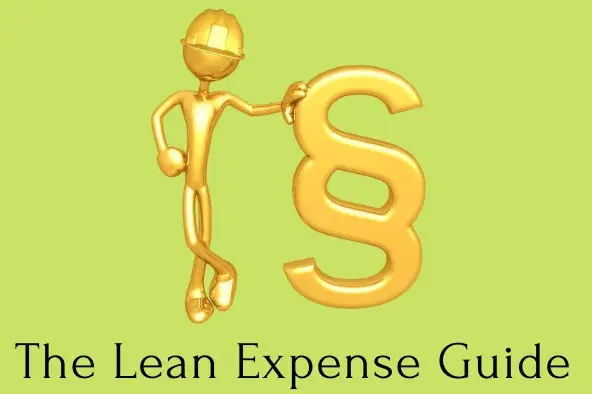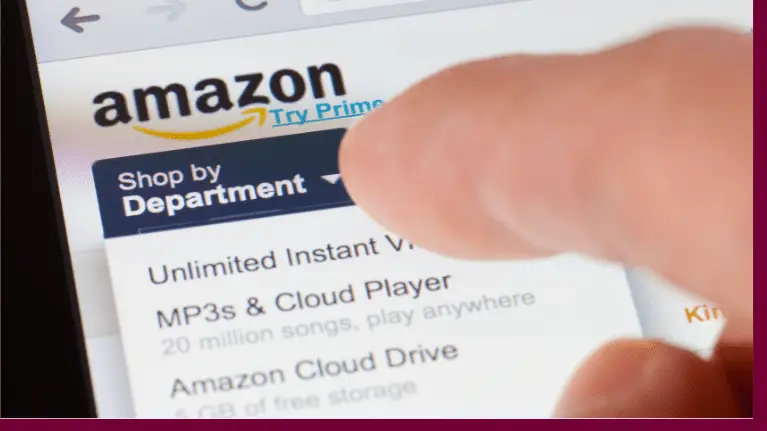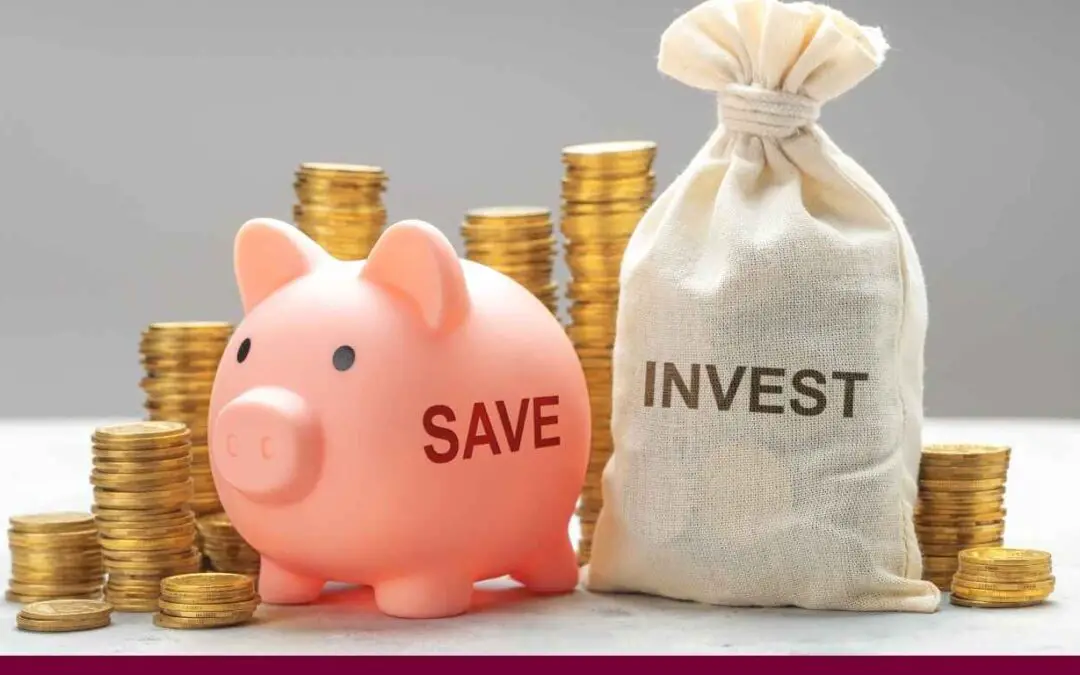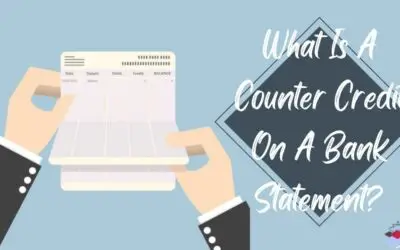Earning a low income is not the end of the world. It can be stressful to have your expenses outweigh your income each month constantly. However, you can meet all your needs by properly managing your money with a budget.
With this in mind, I have thoroughly researched “realistic” ways to budget your money and get the assistance you need on your journey to a better financial situation.
Many articles overlook low-income families when talking about how to manage money with a budget. It’s mostly because a one-size-fits-all approach doesn’t work when it comes to money.
Not all budgeting methods apply to every financial situation. As such, this article focuses on how to budget for all your needs with limited income.
The goal of this article is to ensure you’re able to make some positive, actionable decisions and changes right away.
You’ll know the steps to take and habits to cultivate to budget on a low income and maximize your money. The budget you create will be tailored to just your needs, and you will get the most squeeze out of every dollar.
It’s also essential for you to be aware of all the assistance and benefit programs available to you.
There are so many of these programs for different needs that you might be eligible and qualify for, which can help ease your financial burden.
So without further ado…
The Personal Lean Budget – Trim Down Your Expenses
First off, to create a budget, you need to know 2 major things: Your total income and Your total expenses.
It’s also good to know which level your low income falls under, so you can easily identify which benefits and financial assistance programs you might be eligible for.
Low-Income limits are divided into three categories: low income (80 percent of the national median income), very low income (50 percent of the median income), and extremely low income (30 percent of the median income or the federal poverty line, whichever is greater).
Assuming it’s already established that we’re dealing with a low income in one of the 3 categories above, the rest of this post will focus on analyzing, reducing, and managing your expenses.
Settle Your Essentials First
For a family with a low income coming in every month, the first thing is to make sure your budget allocates enough money to the necessities.
1. Food
How much should you spend on food?
Yes, food is a necessity. However, the amount you spend on food can quickly add up, especially if you don’t have a definitive plan for it.
“According to the U.S. Department of Agriculture (USDA), Americans spend on average, 11% of their take-home income on food. It doesn’t all goes toward groceries, though. Approximately 6% is spent on groceries, while 5% is spent on dining out—including dates, lunches with coworkers, and Sunday brunch” – Mint
There’s no room for wasteful expenses with a tight budget, so we’re going to eliminate “eating out” from your budget and focus only on groceries.
However, with a low income, 6% of your take-home money may not be a realistic portion of your budget to allocate to food, especially if you have a family to feed as well.
Some guidelines estimate how much to spend on food.
The USDA uses the U.S. Average to provide a monthly food plan that suggests how much you should spend on groceries at four different levels:
- Thrifty Plan
- Low-cost plan
- Moderate-cost plan and
- Liberal plan
The USDA’s July 2020 Food Plan Report estimates a $588.50 – $676.2 budget for a family of 4 on a thrifty plan and a $752.7- $891.10 budget for a family of 4 on a low-cost plan.
Firstly, I recommend using the USDA’s food plan as a starting point to decide exactly how much to budget for food based on the size of your family and individual ages.
Also, since you will be eliminating “dining out” and other unplanned food expenses, you can use a free budget app to identify these past spending patterns and take out those costs from your budget.
Also, there are several free budget apps to use but to identify your spending habits and find out where to make changes, I recommend the Personal Capital app. Why? Because the app automatically classifies your transactions and displays them by category.
Also, you can use the PocketGuard app to search for transactions by category. You don’t need to pay for the premium version to use these features.
Learn More:
Free Budget Apps
Comparison of the Best Budget Apps of 2020
How to Maximize Your Food Budget
- Stay disciplined, and don’t eat out.
- Buy groceries that you always use in bulk and within budget.
- Cook meals in bulk and freeze them.
- Buy Store Brand items over Big Brands.
- Pack your own lunch
- Create a grocery list for every grocery run and stick to it
- Don’t get carried away by items on sale that you typically don’t buy.
- Have a schedule for grocery runs to limit frequent and unplanned store visits
- Consider grocery pickup options to avoid impulsive buying.
- For the love of everything good, Do Not Waste Food!
Benefits and Assistance Programs Available
The Federal government and several US states have food and nutrition programs to assist low-income families with food provisions. There are some programs specifically for children, women, and seniors, while others are for anyone.
Visit the US government’s benefits website for a complete list of all programs available and the eligibility requirements. You will be able to filter the programs by state and by subcategory.
Participating in any of these benefits programs can significantly reduce your financial burden for food and groceries and, thus, slash your food budget by a great deal.
2. Utilities
Basic utilities include electricity, gas, water, and trash. Your electricity, gas, and water bills can vary monthly based on your usage.
You can use your past bills to create an estimated monthly budget for utilities. However, you can even reduce your utility bills by properly managing your usage.
How to use utilities efficiently
Here’s a breakdown of the energy consumption in a home and how you can reduce the cost:
1. Heating and Air Conditioning: 46% of utility bills
According to the Department of energy,
“You can save as much as 10% a year on heating and cooling by simply turning your thermostat back 7°-10°F for 8 hours a day from its normal setting”.
You can easily save energy in the winter by setting the thermostat to 68°F while you’re awake and setting it lower while you’re asleep or away from home.
In the summer, you can follow the same strategy with central air conditioning by keeping your house warmer than normal when you are away and setting the thermostat to 78°F (26°C) only when you are at home and need cooling”.
2. Water heating: 14-18% of utility bills
Use less hot water – We sometimes use a little too much hot water either when taking a shower, doing the dishes, or washing clothes. See the infographic below for a guide to reduce your water heating bill.
3. Appliances: 13% of utility bills
For appliances like your refrigerators, dishwasher, toasters, and microwave, little things like properly closing your fridge and running your dishwasher only when it’s full can save you some energy and water costs. See more information on the Department of Energy’s energy-saving tips for kitchen appliances.
4. Lighting: 9% of utility bills
Switching from incandescent lighting to LED lighting can save you up to 90% of energy usage and up to $45 a year.
5. TV and Media Equipment: 4% of utility bills
Use a power strip for your computers, game consoles, TVs, and stereos to reduce electricity waste. Also, unplug any equipment not in use. Using an advanced power strip for equipment and appliances can save up to $100 per year.
Benefits and Assistance Programs Available
In some cases, a person or family already participating in some other benefit programs, such as the Supplemental Nutrition Assistance Program (SNAP), would automatically be eligible for the Home Energy Assistance Program.

3. Shelter
Of course, how much you spend on your mortgage or rent typically depends on the location and the cost of living there. The average rental rate in California is almost 3 times that of West Virginia. However, regardless of location, you first want to make sure that where you live is well within your means.
How much should you spend on housing
There’s a general standard established by the government back in 1981 based on research. The research found that those who spent above 30% on housing costs tend to be overextended financially.
Yet again, rules of thumbs are just that and don’t always account for all types and levels of income earners.
To truly determine how much you can afford for rent or a mortgage, you have to look at your finances’ bigger picture.
It starts with your monthly debt obligations, such as student loans and credit card debt. Also, take your realistic food budget into account.
Either way, how much money you choose to spend on housing monthly should not take such a huge chunk out of your budget to the point of not being able to take care of the rest of your essential and mandatory expenses.
If your housing cost is currently overextending your finances, you may want to consider downsizing to a more affordable living situation.
Learn More:
How to Start Saving for a House Hassle-Free
Benefits and Assistance Programs Available
First of all, to find housing assistance during the pandemic, check out the benefits.gov information on all the resources available to you.
For Rental Assistance
- HUD Public Housing Program provides single-family houses to high-rise apartments to eligible low-income families for rent.
- Housing Choice Voucher Program (Section 8) subsidizes rent for low-income families for a housing unit of the family’s choice.
- Rural Rental Assistance program by the U.S. Department of Agriculture (USDA) helps to reduce the rent paid by eligible low-income families in specific areas.
- Transitional Living Program for Homeless Youth program provides homeless youth with safe living for up to 21 months and assistance to develop necessary skills to lead a healthy, independent adult life.
- Continuum of Care (CoC) Homeless Assistance Program helps move individuals and families into transitional and permanent housing.
For Home Ownership
- The FHA’s Basic FHA Insured Home Mortgage and Adjustable Rate Mortgage Insurance helps individuals buy single-family houses through approved lenders and insurance programs.
Also, check out the complete list of housing assistance on the US government’s website. If you need help applying for any of these programs, federal funding programs.org can help you get started by providing access to funding applications and resources.
4. Transportation
You might be surprised to find out that transportation costs take a large piece out of your take-home income.
Whether it’s from public transportation or car payment, insurance, parking, and gas, these costs can quickly add up. Typically, public transportation costs less than owning your own car.
To budget for transportation, if you own a car, you’re going to consider your monthly car loan payment (if you have one), car insurance, gas, and parking costs (as needed).
If you’re on a tight budget, at least you know not to get a car loan of $35,000, right? I know you do. Again, living below your means is key.
Tips to reduce your transportation cost include shopping for the cheapest insurance costs, getting a gas-efficient car, and routinely maintaining your car.
Get Ahead of Debt
Tackle any debt head-on, create a debt repayment plan, and do not ignore your bills. Even with a low income, it’s good practice to set aside some money in your budget to pay down debt.
Caution: Do not try to rob Peter to pay Paul. Borrowing more money to cover debt only escalates the problem and puts you in a worse position.
There are some other options to take, which involve communicating with your credit card issuer to know your options.
In some cases, your credit card issuer can provide you with a hardship plan, which temporarily reduces or suspends your payments while you get back on track.
They can also lower your interest rate or waive any penalty fees. However, while you budget some money from your income to credit card debt, you should also make sure to keep your credit utilization low to prevent hurting your credit any further.
When dealing with debt, you can choose to pay off the high-interest debt first or the smallest debt.
You also want to make sure you rank your debt and focus on repaying one debt at a time with more than the minimum payment while also paying the minimum required payment for the other debts. Budgeting for this helps keep you on track.
Get a free consultation and step-by-step guide to total debt elimination.
While paying off debt, you might have to put off other expenses like saving for retirement and other investments.
There are several budgeting apps that can help you create and keep track of your debt repayment plan.
Related:
12 Smart Ways to Pay Off Debt Fast and be Debt Free
Shuffle Your Bills’ Due Dates
Sometimes, the difference between making a payment and missing payment has to do with your bills’ due dates.
Changing your bills’ due dates can help you in the following ways:
- Due dates are properly in line with your paydays.
- Your bills are spread out, and don’t take a sudden huge chunk of your money.
- Your bills are due around the same time (if that’s what you prefer)
It’s generally easy to call up your creditors and service providers and ask to change your due dates to suit you better.
You can do this by listing out all your bills, prioritizing them by importance, deciding the best day of the month for each of them, and then making the calls.
Track all your bills with an app or set up the auto-pay feature with your service provider to keep you from forgetting to make a payment because missing a payment can greatly hurt your credit score.
Lower Your Tax Bill – Increase Your Take Home Pay
The IRS has a reduced-tax initiative called the Earned Income Tax Credit (EITC) that benefits low-income working families. It’s a refundable tax credit for low-income workers.
How much you get depends on your income level and the number of children you have. For 2020, the earned income credit ranges from $538 to $6,660. To qualify, you must meet certain requirements and file a tax return.
Learn how to apply for Earned Income Tax Credit.
With all these figured out, you can create your budget and track it with any free apps and spreadsheets available at your disposal. You can also choose a budgeting technique that’s suitable for your lifestyle.
Learn More:
5 Awesome Budgeting Techniques to Try Out
How to Create a Budget and Stick to it
Lifestyle Habits to Cultivate
- Educate Yourself!
- Get Rid of “Necessity” Look-Alike(s)
- Value every single dollar
- Buy Used items and Save
- Shop With a List At. All. Times.
- Be a smart shopper – Shop during sales, use discounts, use coupons, and buy during deals.
- Review Your Finances Regularly – This is very important.
- Be on the Lookout for Additional Income Generators
- Put Your Money Goals Ahead of your Unnecessary Wants
- Develop a Long-Term Outlook for your money
- Live Below Your Means – This cannot be overemphasized.
- Curb Impulsive Buying
- Improving your finances is a lifetime Marathon, don’t give up too soon!!!
Learn More:
36 Best Ideas to Earn Extra Money Now and in the Future
32 Realistic Ways to Save Money Very Easily Without Giving up Too Much
15 Super Awesome Frugal Money Saving Ideas to Use Today
A Little Here, A Little There…
Working with a tight budget might require you to make some lifestyle changes and sacrifices. But your money can still work well for you even with a low income as long as you budget it appropriately.
Have the mindset that looks forward to getting into a better financial situation and helping you stay focused and committed to your budget.
Some of these tips might seem like small changes on their own, but they add up when you look at the big picture.
Through the course of this article, I’m sure you’ve realized that there are many assistance programs out there to help you get on your feet and take off some financial burden from you.
No matter how low it is, a budget for your income can help you make sure your money covers all your needs.
This is why I say education cannot be overemphasized. It can make a huge difference in how quickly you’re able to manage and control your finances.
Get in the habit of tracking your financial situation with the many resources available such as budget templates and spreadsheets, budget apps, credit monitoring apps, and the ton of online education resources available on the internet.
You can do it… You just have to start.
Related:
How to Stop Living from Paycheck to Paycheck – 10 Realistic Tips
Have you had to create a budget to make sure your money covers all your basic expenses despite low income? Or are you currently struggling to do this. Let me know in the comments. I would love to hear from you.





















Hey
Thank you for this informative article. Proper financial education is really important if we desire to live a financial free life. I really agree with everything you have shared here – That low income is not the end of the world. The tips you shared can ease the financial burdens upon most most household , especially during and after this pandemic where most most had to adapt to living with lower incomes .
Thanks for the feedback Bogadi
Rather interesting to see here. One major issue that most adults are battling with these days is he issue of money management to ensure we avoid the pay-to-paycheck living. Definitely, all you shared here are great and can make the real difference if they are well followed with due diligence. Thank you so much for sharing
This is a lovely article and I like the fact that it is treating a very practical topic that affects almost everyone, knowing how to budget your money in such a way that you’ll be able to meet your needs is essential to help you live happily. This article will serve as help to a lot of people, thanks for sharing
Thanks Bruce.
Many people in the world today actually spend more than they earn which I think is really sad looking at how we all want to satisfy ourselves but like you said, when a person is on a low income, some sacrifices have to come in and some lifestyle changes also have to take effect as well. All this points are what you have discussed really professionally here. These four things are the most important things that a person should spend money on first before thinking of wants.
Exactly Suz!